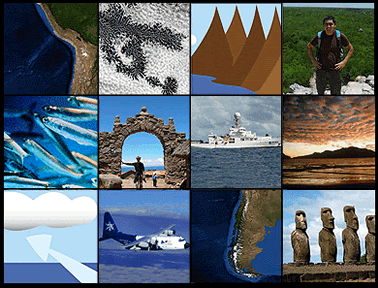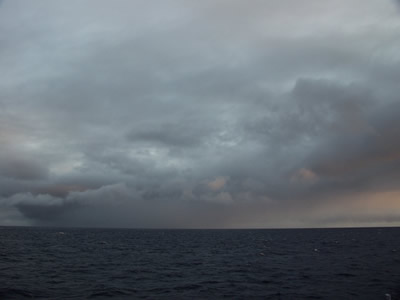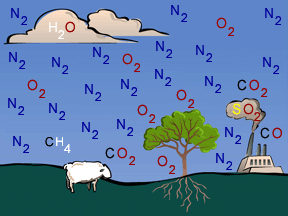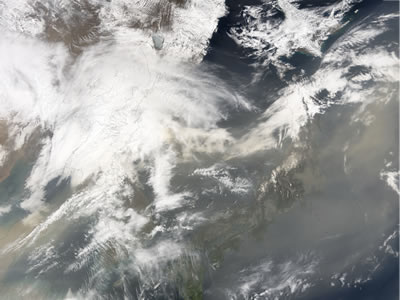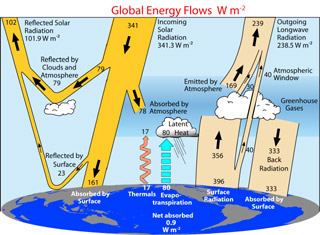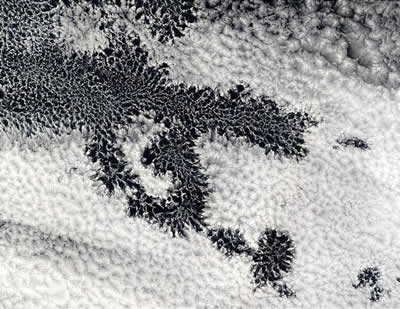Images courtesy of UCAR, U.S. Dept. of Energy, CIRPAS, NERC, and BAE Systems.
Research Aircraft Used in the VOCALS Campaign
The VOCALS field campaign uses several airplanes and one jet to carry instruments. Those instruments take many kinds of measurements of the atmosphere in the Southeast Pacific. These research aircraft have special inlet ports that bring air from the outside into the plane so scientists can sample it and make measurements.
The U.S.A.'s National Science Foundation (NSF) owns a C-130 airplane. The National Center for Atmospheric Research (NCAR) operates that plane. The C-130 helps scientists study tiny particles called aerosols and the chemistry of the atmosphere. The plane also helps scientists study how clouds form and how swirling air affects weather and climate. It also carries radar and a special laser to help make measurements.
The US Department of Energy (DoE) has a Gulfstream 159 airplane involved in VOCALS. The plane is called the G-1 for short. It also helps measure atmospheric chemistry and aerosols. Like the C-130, it helps scientists understand how clouds form and the effects of turbulence.
A third plane used in VOCALS comes from the Center for Interdisciplinary Remotely-Piloted Aircraft Studies (CIRPAS). That is part of the US Naval Postgraduate School in Monterey, California. The CIRPAS Twin Otter airplane uses radar to collect data. The Twin Otter also gathers data on cloud formation and turbulence as part of VOCALS.
The other two VOCALS aircraft are from the United Kingdom. The Natural Environment Research Council (NERC) uses a type of plane called a Dornier 228. It is called "D-CALM" for short. It takes pictures of clouds from the air.
Finally, the second aircraft from the United Kingdom is a jet. It is from the Facility for Airborne Atmospheric Measurements (FAAM). The BAE-146 jet also helps scientists understand cloud formation and aerosols. It also helps them measure how much sunlight can pass through the clouds, and how much gets reflected back to space.






